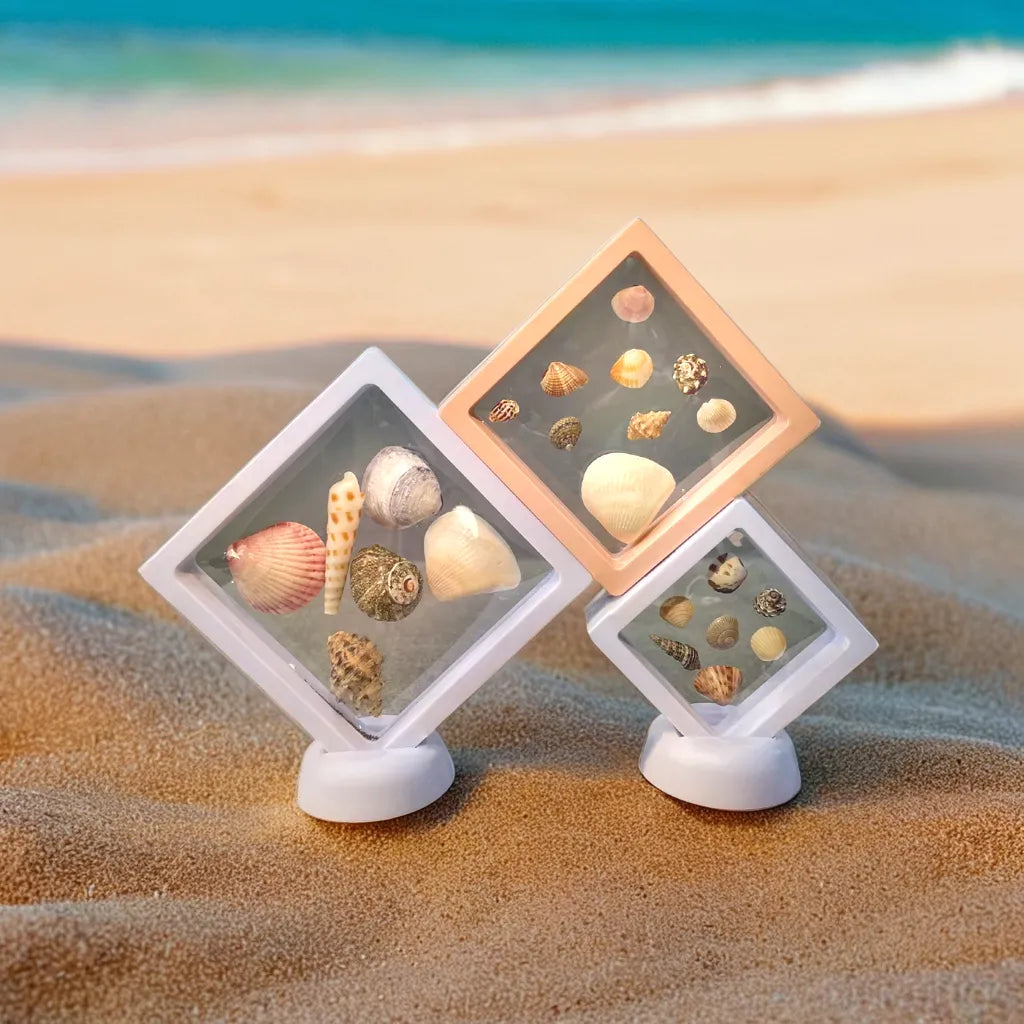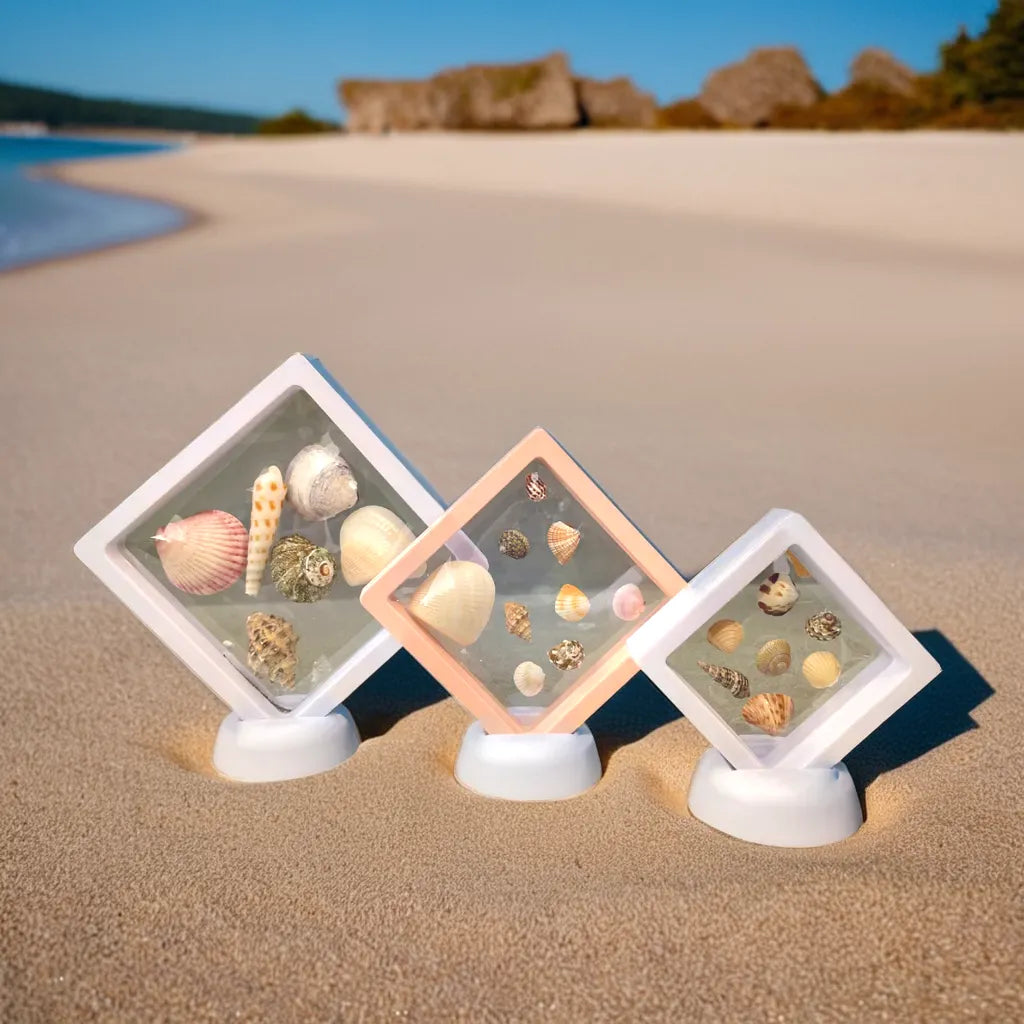
Zebra Olive, or Oliva zebra, is a striking marine mollusk known for its unique shell patterns.
These shells are not just visually appealing; they also play a significant role in their ecosystem and are sought after by collectors. This gastropod thrives in various marine environments, making it a fascinating subject of study for both enthusiasts and researchers alike.
Beyond their beauty, Zebra Olives have cultural and economic importance, particularly in crafting. These shells are often used in jewelry and decorative items, highlighting their value beyond the beach. As the interest in sustainable crafting grows, understanding the impact of collecting these shells is crucial for conservation efforts.
Exploring the Zebra Olive’s identification, habitat, and uses reveals a complex world that extends from tide pools to artisan markets. This blog post will provide insights into the characteristics and significance of this remarkable mollusk, offering readers a deeper appreciation for its beauty and role in nature.
Key Takeaways
- Zebra Olives are identifiable by their distinct shell patterns and colors.
- They thrive in various marine habitats, showcasing adaptability.
- Their shells are used in crafting, highlighting cultural significance.
Identification Guide
Zebra Olive (Oliva zebra) is a unique marine gastropod known for its distinct appearance. Proper identification involves several specific characteristics and comparisons to similar species.
How To Identify A Zebra Olive
To identify a Zebra Olive, look for its distinctive shell, which typically ranges from
30 to 50 mm in size. The shell has a smooth surface with a glossy appearance and features a distinctive pattern of bold, dark zigzag stripes on a lighter background.
These stripes provide excellent camouflage against sandy ocean floors. The aperture, or opening, of the shell is elongated, which is a key feature of this species.
When assessing color variations, some individuals may appear more pale or dark depending on their habitat. Careful examination of both the shape and pattern can lead to accurate identification.
Characteristics
Zebra Olives have a long and narrow shell, which is one of their most recognizable traits. The smooth texture is often shiny due to a protective layer called the periostracum.
Coloration: The base color can vary from creamy beige to light brown.
Stripes: The dark zigzag patterns on the shell can be rich brown or even black.
Additionally, the
columella, or the interior of the shell, is white, contrasting sharply with the exterior. Observing these specific features helps in distinguishing Zebra Olives from other similar species.
Comparison To Similar Species
When comparing Zebra Olive to similar species, it is essential to note differences in shell shape and coloration.
Oliva (Viduoliva) reticulata, often confused with the Zebra Olive, has a more reticulated pattern rather than distinct stripes.
Another similar species is the
Olive Ridley Sea Turtle, which shares the name but is entirely different. Turtles have a more rounded shell shape and are terrestrial, while Zebra Olives are marine.
The key difference lies in the shell's markings and size. Proper comparison can clarify the distinctions between these species and enhance identification efforts.
Distribution & Habitat
Zebra Olive (Oliva zebra) is primarily found in specific coastal regions. Understanding where they thrive is important for conservation and study.
Where To Find Zebra Olive
Zebra Olive prefers sandy substrates along warm coastal waters. They are commonly located in the western Indian Ocean, especially around
East Africa. Key countries include
Kenya,
Tanzania, and the
Seychelles.
These snails inhabit areas where they can burrow into the sand, often found in
shallow waters. The habitat can range from
intertidal zones to
subtidal environments.
Water temperature and salinity must be suitable, typically in
tropical and subtropical climates. They are not frequently observed in colder waters, which limits their distribution.
Conservation efforts focus on protecting these areas to ensure the survival of Zebra Olive populations.
Cultural & Economic Importance
The Zebra Olive (Oliva zebra) holds significant value in various spheres, particularly in cultural practices and economic activities. It serves distinct purposes, ranging from local traditions to commercial uses that impact communities nearby.
The Zebra Olive In Culture
In many coastal regions, the Zebra Olive is recognized for its historical and cultural significance. Locals have long harvested these shells for use in jewelry, ornamentation, and traditional crafts. These practices often pass down through generations, reflecting regional artistry and identity.
The unique patterns of the Zebra Olive make it a desirable material for artisans. Its shells are often polished and incorporated into various decorative items, symbolizing connection to the sea and nature. Additionally, the species plays a role in local folklore, where it may be associated with different myths, enhancing its cultural presence.
Legal Status
The legal status of the Zebra Olive varies by region. In some areas, it is protected under local wildlife conservation regulations. These laws aim to prevent over-harvesting and ensure sustainable practices among collectors.
Authorities may regulate the trade of Zebra Olives to maintain ecological balance. Harvesting must comply with specific guidelines to protect this species and its habitat. Awareness of these regulations is essential for communities involved in the trade, as it helps promote responsible harvesting and conservation efforts.
Zebra Olive Crafting
Zebra olives are interesting shells that can be used for crafting projects. They offer unique patterns that resemble zebra stripes, making them a fun choice for various art activities.
Here are some crafting ideas:
-
Jewelry Making: Zebra olives can be drilled and used in necklaces, bracelets, or earrings. They add a natural touch to handmade jewelry.
-
Decorative Art: These shells can be glued to picture frames or canvases. Their shape and design create visually appealing art pieces.
-
Home Decor: Use zebra olives in decorative bowls or centerpieces. They can enhance the look of any surface.
Materials Needed:
- Zebra olives
- Drill (for jewelry)
- Glue
- Paint (optional)
- String or wire
Steps for Jewelry Making:
-
Drill Holes: Carefully drill holes in the zebra olives.
-
String Them Together: Use string or wire to create designs.
-
Add Other Beads: Mix with other beads for more variety.
Crafting with zebra olives can be enjoyable and creative. They can inspire various projects that showcase their natural beauty. Each crafted piece can help to highlight the distinct look of these shells.
Frequently Asked Questions
This section addresses common questions about the Zebra Olive, including its characteristics, habitat, diet, adaptations, size, and conservation status. Each question provides specific information that can help enhance understanding of this unique species.
What distinguishing features are characteristic of the Oliva zebra?
The Oliva zebra is noted for its elongated, smooth shell that often displays distinctive zebra-like stripes. The shell typically measures between 6 to 10 centimeters in length. Its coloration can range from light brown to more vibrant hues, depending on individual specimens and their environment.
Where is the natural habitat of the Oliva zebra species?
The natural habitat of the Oliva zebra includes sandy and muddy substrates along the coasts of the Caribbean and the western Atlantic Ocean. These areas often provide ideal conditions for foraging and reproduction.
What does the diet of an Oliva zebra mainly consist of?
The Oliva zebra primarily feeds on small invertebrates, including polychaete worms and tiny mollusks. It uses its specialized feeding mechanism to extract food from its environment.
How does the Oliva zebra adapt to its environment for survival?
The Oliva zebra adapts by having a streamlined shell that helps it move through sediment more easily. Additionally, its coloration provides some camouflage against predators in sandy areas.
What is the size range for the Oliva zebra?
The Oliva zebra typically ranges in size from 6 to 10 centimeters in length. Adults display a consistent shell shape and design that contributes to their identification.
What are the conservation statuses or threats facing the Oliva zebra?
The conservation status of the Oliva zebra varies by region, but habitat loss and pollution are significant threats. Overharvesting for collection and trade also poses risks to their populations. Conservation efforts are important to ensure their survival.
 Zebra Olive, or Oliva zebra, is a striking marine mollusk known for its unique shell patterns. These shells are not just visually appealing; they also play a significant role in their ecosystem and are sought after by collectors. This gastropod thrives in various marine environments, making it a fascinating subject of study for both enthusiasts and researchers alike.
Beyond their beauty, Zebra Olives have cultural and economic importance, particularly in crafting. These shells are often used in jewelry and decorative items, highlighting their value beyond the beach. As the interest in sustainable crafting grows, understanding the impact of collecting these shells is crucial for conservation efforts.
Exploring the Zebra Olive’s identification, habitat, and uses reveals a complex world that extends from tide pools to artisan markets. This blog post will provide insights into the characteristics and significance of this remarkable mollusk, offering readers a deeper appreciation for its beauty and role in nature.
Zebra Olive, or Oliva zebra, is a striking marine mollusk known for its unique shell patterns. These shells are not just visually appealing; they also play a significant role in their ecosystem and are sought after by collectors. This gastropod thrives in various marine environments, making it a fascinating subject of study for both enthusiasts and researchers alike.
Beyond their beauty, Zebra Olives have cultural and economic importance, particularly in crafting. These shells are often used in jewelry and decorative items, highlighting their value beyond the beach. As the interest in sustainable crafting grows, understanding the impact of collecting these shells is crucial for conservation efforts.
Exploring the Zebra Olive’s identification, habitat, and uses reveals a complex world that extends from tide pools to artisan markets. This blog post will provide insights into the characteristics and significance of this remarkable mollusk, offering readers a deeper appreciation for its beauty and role in nature.

























